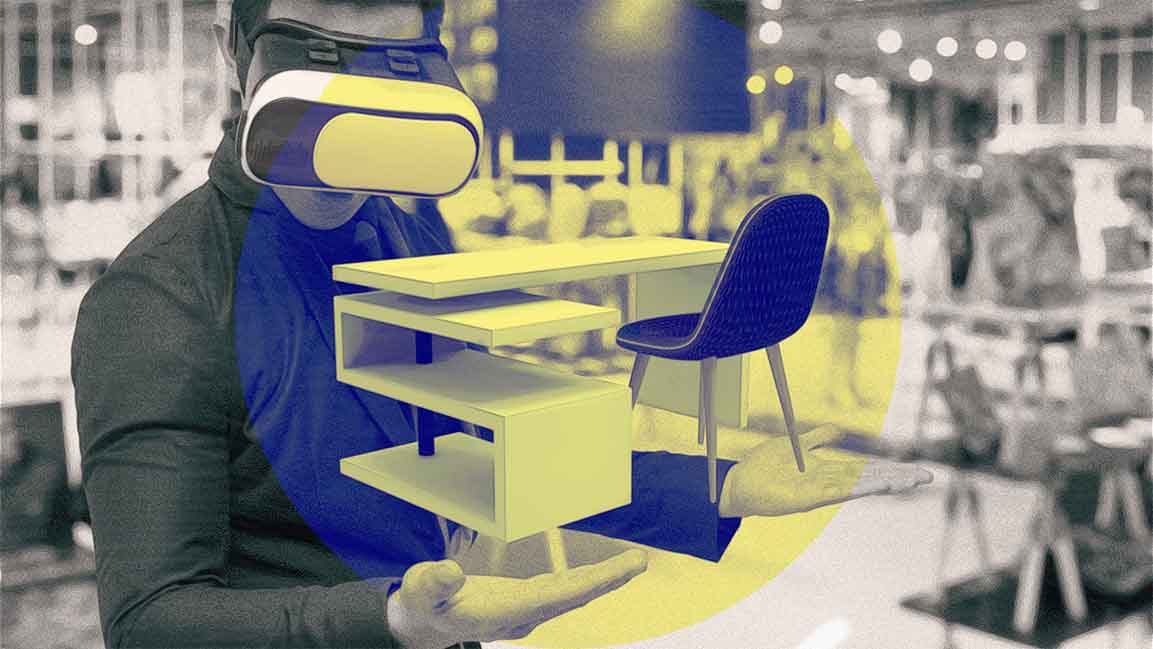Introduction to AR and VR
Augmented Reality (AR) and Virtual Reality (VR) solutions are steadily becoming more ubiquitous, seeping into businesses’ design, development, and marketing strategies across various verticals. Companies across the Middle East are viewing these solutions as critical to strategy and operations.
Changing the Game in Product Development
These solutions have modified how prototypes are visualized and modified. Virtual prototypes allow for extensive testing and iteration without the high costs related to physical prototyping. Building digital twins allows product designers to check, discover, and fix problems virtually, ensuring shorter time, effort, and price to get to the ultimate stage. AR and VR enable designers and engineers from different locations to collaborate in a shared virtual space, further reducing the prices and time for prototype development. Changes to designs could be made and visualized in real-time, allowing immediate feedback from various stakeholders.
Applications in Infrastructure Maintenance
In the region, AR and VR have potential applications in the upkeep and operation of infrastructures, especially within the oil and gas industry. Big facilities, similar to refineries, require heavy maintenance, and AR could be used for on-site maintenance and troubleshooting. AR can enable this on the infrastructure level, addressing knowledge gaps through embedded technology guidance, helping train people, and ensuring a narrow window of failure through the method.
Unlocking Opportunities in Marketing
Aside from elevating R&D, AR and VR solutions have gotten more commonplace in marketing strategies. Numerous studies prove that AR/VR materials drive conversions by as much as 90% compared with traditional marketing materials. With VR, firms can create customizable product demos tailored to the particular interests or needs of every client or investor. Major brands across the GCC region are adopting AR and VR across their e-commerce platforms, providing examples similar to Ikea, Tanagra, and Joi Gifts, which have seen significant increases in conversions and revenues.
Overcoming Hurdles in Integration
Amid the untapped potential AR and VR solutions offer, there are some hurdles to further adoption and integration because the sector continues to evolve. Creating digital twins could be costly, though innovations are closing the gap. Technological limitations and poor quality of experience could be a difficulty, but continuous technological advancements are being made to reinforce resolution, improve the sector of view, and reduce latency. Another key challenge is the uneven understanding amongst stakeholders, which could be addressed by educating teams and developing interoperable VR systems and platforms.
Conclusion
In conclusion, AR and VR solutions are revolutionizing the best way firms approach product development, marketing, and infrastructure maintenance. While there are hurdles to beat, the advantages of those solutions are undeniable. As the technology continues to evolve, we are able to expect to see much more progressive applications of AR and VR in various industries. Companies that adopt these solutions may have a competitive edge available in the market, and those who don’t risk being left behind. As the Middle East continues to embrace AR and VR, we are able to expect to see significant growth and advancements in these technologies, resulting in latest opportunities and innovations within the region.
